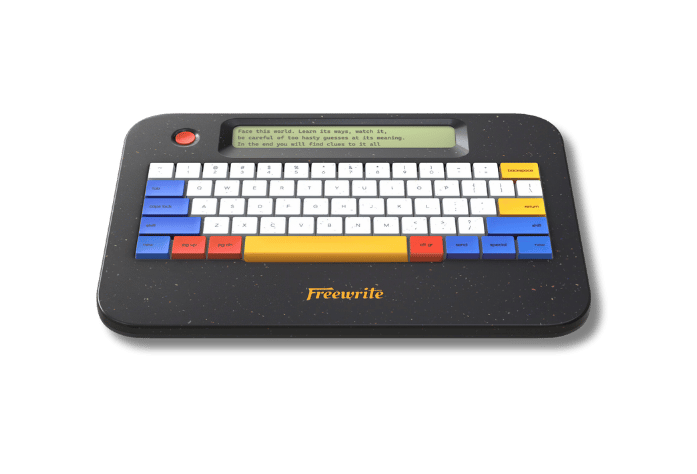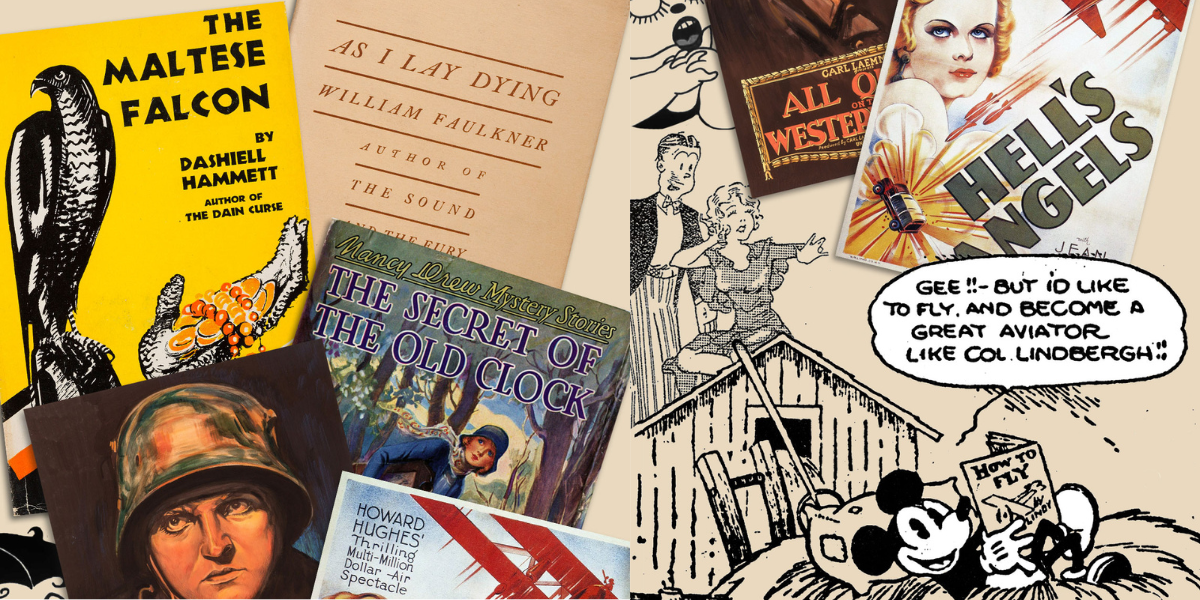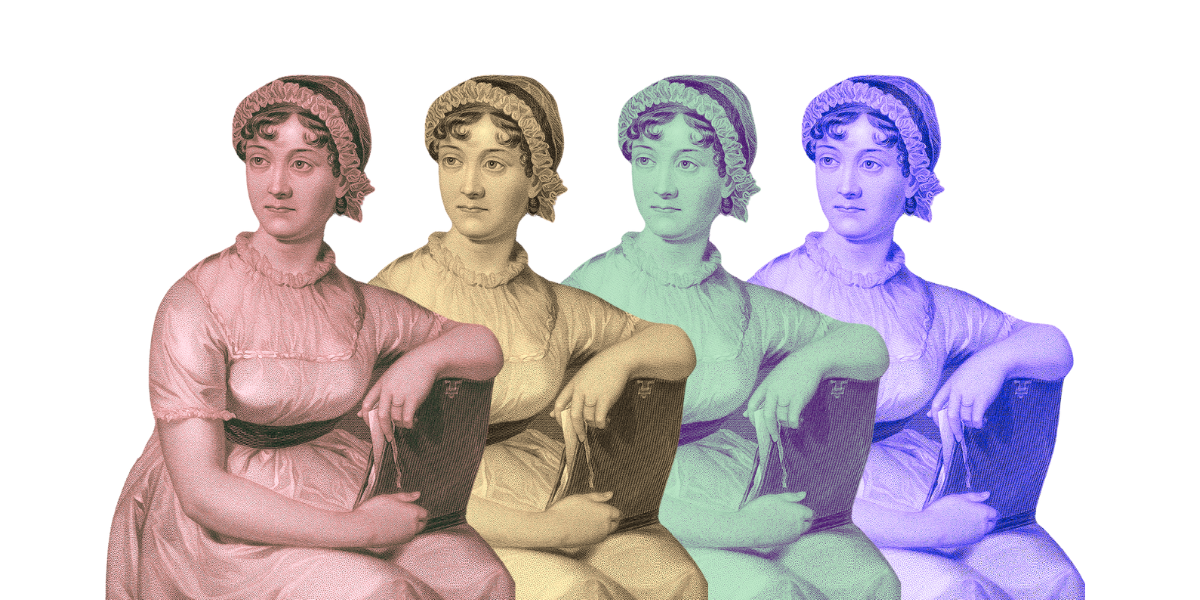
As refreshing as an ice-cold drink in hand, two special editions of the Freewrite Smart Typewriter are here to bring zest back to your writing process. Break free of the grind and see what happens when your imagination gets a taste of Lemon and Mint.
Pirates of yore hoarded lemons to fend off scurvy. Seventeenth-century Parisians fueled a lemonade craze that may have fought off the Plague. And now, Lemon is made new again to revive your creativity and inspire new words.
This vibrant special edition of the Freewrite Smart Typewriter brings to mind sunny days and bittersweet stories, and it will bring the energy you need to write on and on.
Since ancient times, mint has been prized for its aroma, taste, and medicinal properties. As early as the 1620s, physicians recommended mint for a variety of ailments, claiming it:
“...doth greatly comfort the braine and spirits, stirre up the senses, especially the memorie, and make the heart cheerefull.” (Source: JSTOR)
Today, mint is as fresh as ever. That’s why we created Smart Typewriter in Mint — to offer up a stylish writing experience that harks back to centuries of wisdom and vitality.
So take a tip from the ancients and order your new Special "Mint" Edition of Smart Typewriter to stir up the senses and write better, faster. The Special "Lemon" and "Mint" Editions of Smart Typewriter are both available now. Cheers to new words and fresh looks. 🍋🌿






























